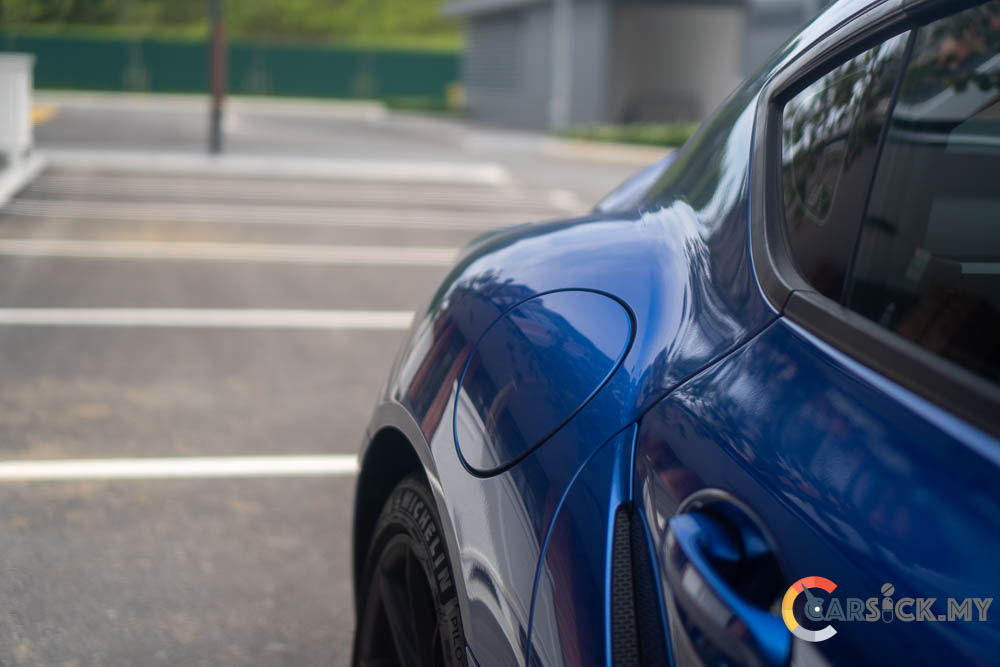Toyota Japan recently unveiled the final edition of the Toyota Supra, signalling to enthusiasts around the world that production of the iconic sports car is coming to an end. Ever since Toyota revealed the fifth-generation Supra to the world, the car community has had mixed opinions about it. Some were quite sceptical about Toyota working with BMW to develop this model, while others were happy that Toyota managed to continue using a six-cylinder engine in the Supra.

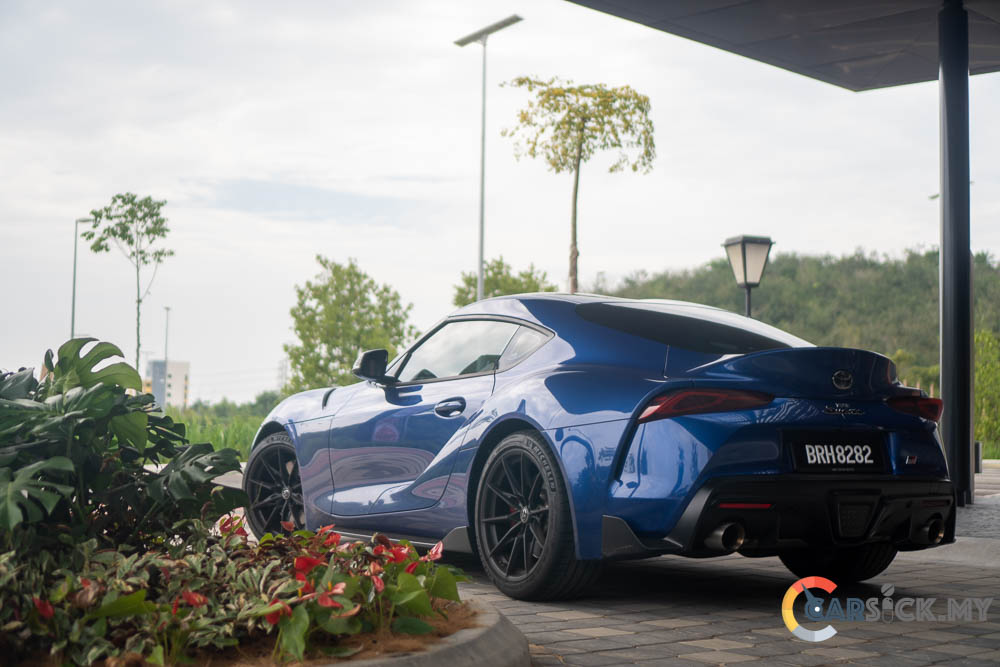 As this chapter comes to a close, I wanted to take a moment to reflect on how the Supra has made me feel after driving it a few times.
As this chapter comes to a close, I wanted to take a moment to reflect on how the Supra has made me feel after driving it a few times.
The Toyota Supra has a rich history, starting in 1978 as the Toyota Celica Supra—a larger, more powerful version of the Celica, featuring either a 2.0L or 2.6L inline-six engine. This helped Toyota establish its reputation for producing high-performance vehicles. By 1981, the Supra became its own model, separate from the Celica. The second-generation A60 Supra introduced turbocharging and a 2.8L inline-six engine, marking the beginning of its legacy as a true sports car. 

The third-generation A70, launched in 1986, featured a 3.0L engine and improved handling, making it even more performance-focused. But it was the fourth-generation A80, released in 1993, that became truly iconic. Powered by the legendary 2JZ-GTE twin-turbo engine, it became known for its speed and immense tuning potential—reaching 155 mph and achieving 0–60 mph in under six seconds. The A80 cemented its place in pop culture, especially through its role in The Fast and the Furious movies. 

After a long hiatus, the Supra returned in 2019 as the fifth-generation A90 model. Developed in collaboration with BMW, it shares a platform with the BMW Z4 and features a 3.0L turbocharged inline-six engine. This new Supra blends modern performance with the legacy of its predecessors, continuing to excite car enthusiasts around the world.
The Toyota Supra is widely recognized as one of the best sports cars, known for its performance, handling, and great value. It quickly became a favorite among sports car lovers, offering an exciting driving experience that balances power with affordability. The Supra’s strong connection to car culture, particularly with the MK4, helped it gain legendary status. The MK5 has successfully continued that legacy, appearing in games like Need for Speed and receiving extensive media coverage.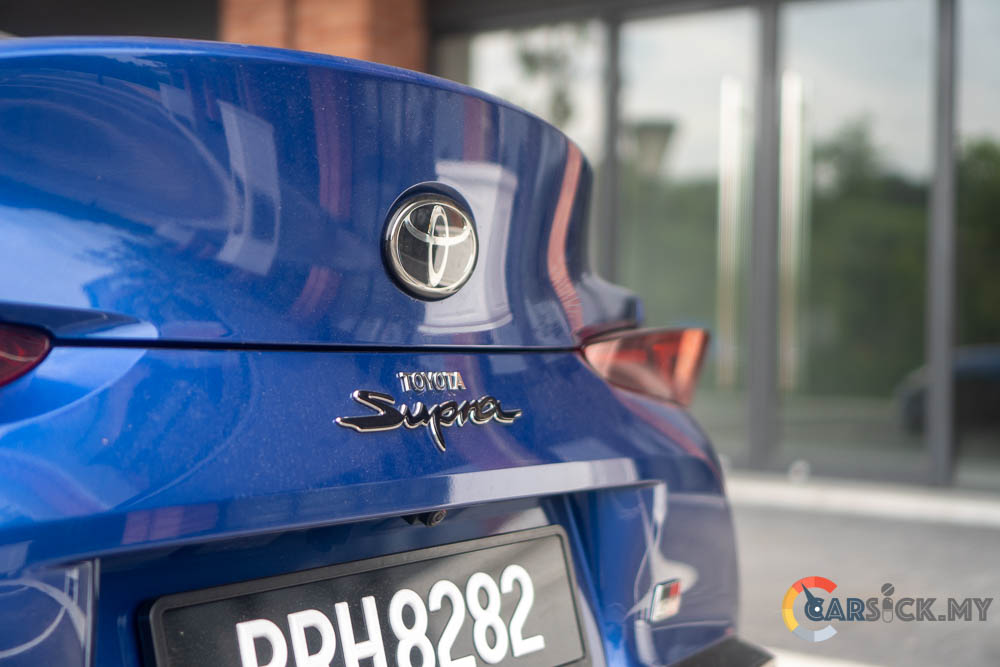
The MK5 Supra has also carried on Toyota’s racing tradition, proving itself in events like the 24 Hours of Nürburgring and in racing series such as GT4 and the SRO International GT Challenge. It’s also earned respect in the drifting scene, especially in Formula Drift, where it has become a serious contender. With its aggressive looks and powerful performance, the Supra has maintained a solid presence in motorsports.
After six years of production, Toyota Japan is finally calling it quits for the Mk5 Supra. To mark the end of an era, Toyota has released two very special editions.
The first is the GR Supra A90 Final Edition, a limited-production model paying tribute to the brand’s motorsport legacy. With only 300 units available worldwide, this exclusive version blends high-performance engineering with motorsport-inspired design, reflecting the model’s evolution and its participation in racing disciplines such as GT4, drifting, endurance racing, and even NASCAR. 

Under the hood, the A90 Final Edition is powered by a 3.0L engine paired with a manual transmission, now tuned to produce 435 hp and 570 Nm of torque. With a top speed of 270 km/h, performance has been further enhanced with a revised intake system, low-back-pressure catalyst, and optimized engine control. These changes not only improve acceleration but also enhance responsiveness across different driving conditions.
Handling and stability are significantly improved thanks to KW adjustable suspension, a reinforced chassis, and optimized differential control. Wider Michelin Pilot Sport Cup 2 tires and lightweight wheels provide better grip and cornering performance. Meanwhile, enhanced steering settings offer a more direct connection to the road. The braking system has also been upgraded with 19-inch Brembo brakes and high-friction pads, ensuring excellent stopping power during high-performance driving. 
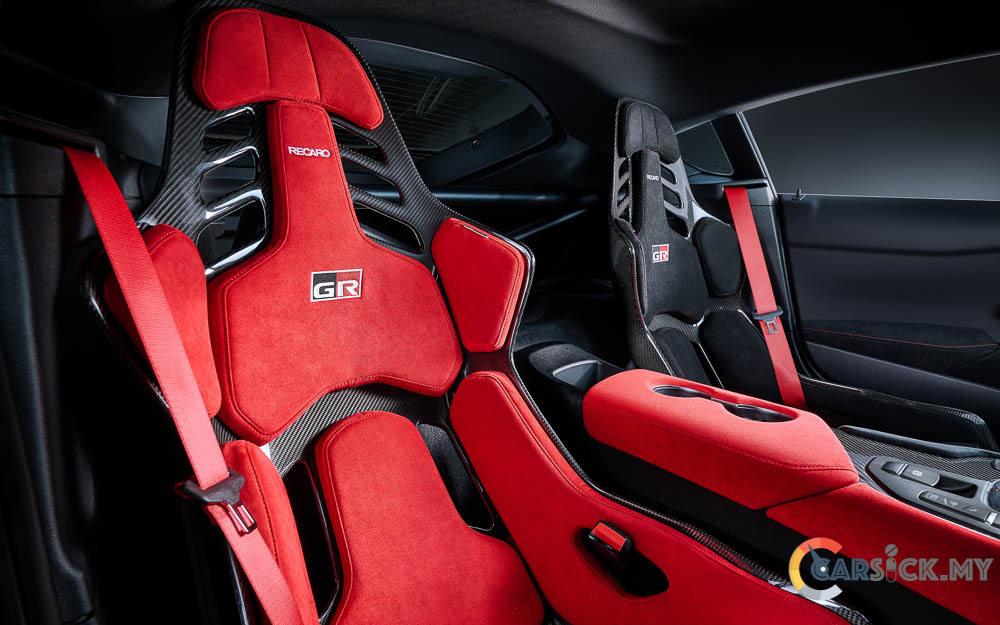
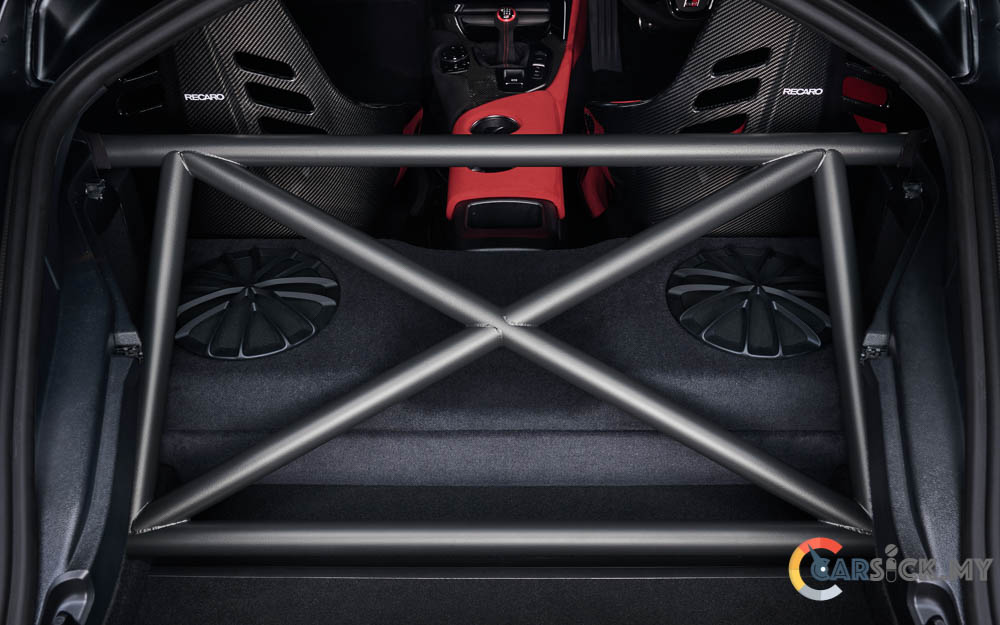
Aerodynamics were fine-tuned with extensive wind tunnel testing and a carbon-fiber body kit, which includes a front spoiler, canards, bonnet duct, and a swan-neck rear wing inspired by the GR Supra GT4. The Akrapovič titanium muffler delivers a deeper, more aggressive exhaust note. Inside, the cabin follows a race-inspired theme with RECARO Podium CF bucket seats, Alcantara trim, and red seat belts—designed to keep the driver both comfortable and focused at high speeds. 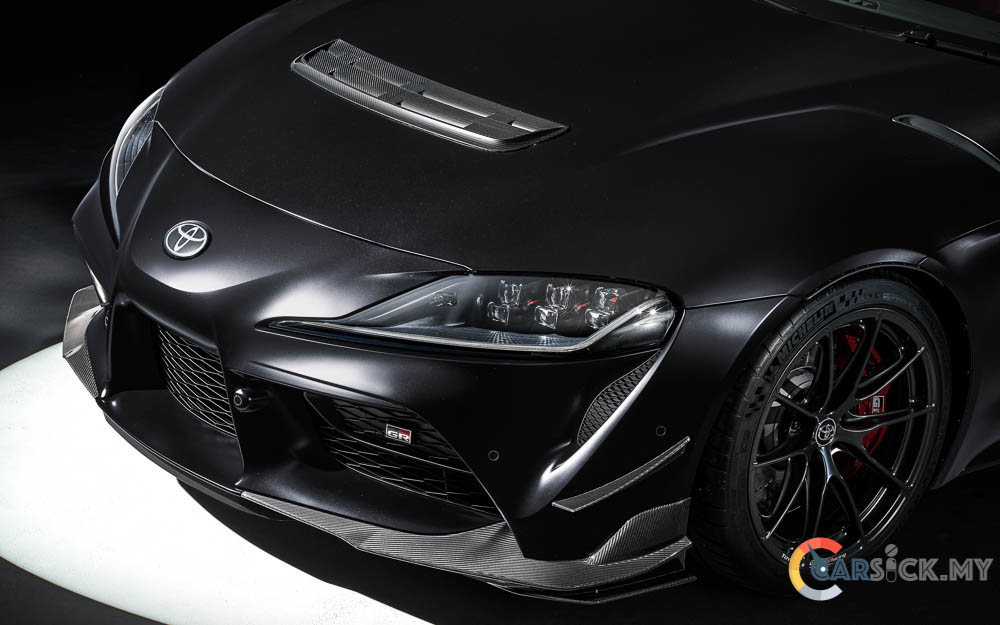
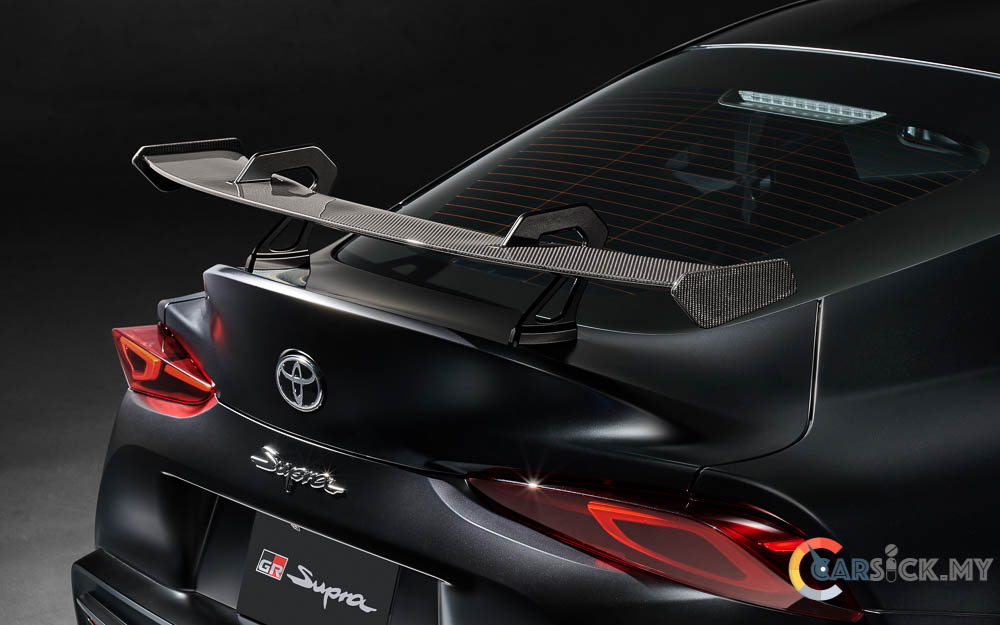
The second edition is the GR Supra Lightweight Evo, which was shaped by customer feedback and motorsport experience. This version enhances driving performance with improvements in traction, cornering stability, and braking. Notable upgrades include active differential control, revised suspension and chassis tuning, strengthened bushings and mounts, and aerodynamic enhancements like a carbon-fiber rear spoiler. Aesthetic changes include matte black 19-inch wheels and a sporty interior featuring Alcantara seats, red stitching, and GR branding. 




Looking ahead, there are rumors that the next-generation Toyota GR Supra (Mk6) will take a significantly different approach. Unlike the Mk5, which was co-developed with BMW, the Mk6 is expected to be designed and developed entirely by Toyota. This means everything—from the chassis to the engine and exterior design—will be Toyota-led, allowing for a more distinct identity aligned with the brand’s motorsport and engineering philosophy. 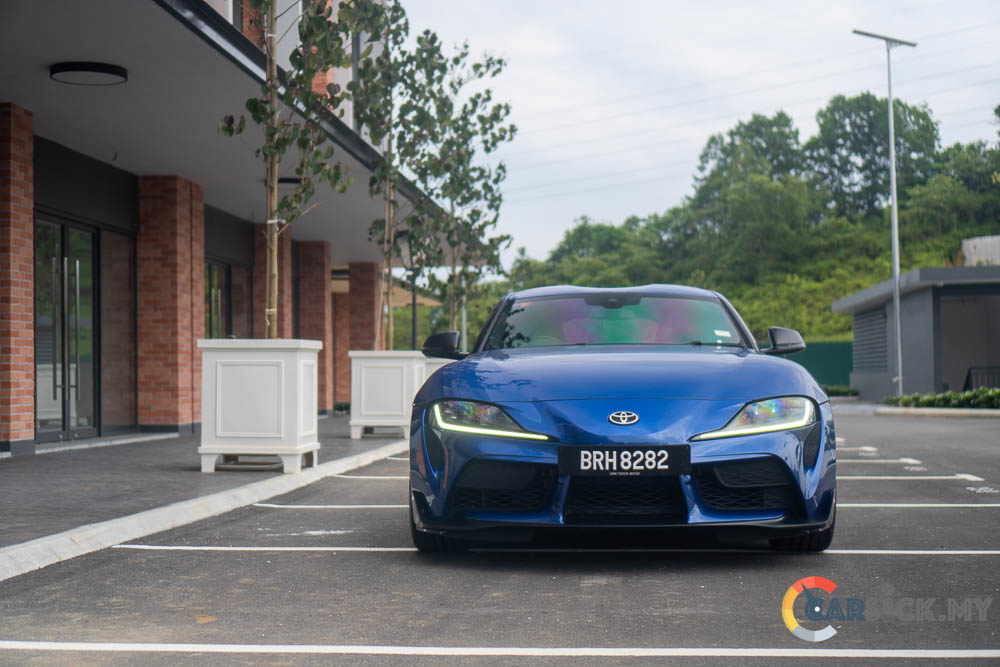

One of the most significant rumored changes is under the hood. The Mk6 Supra might feature a Toyota-developed turbocharged 2.0L four-cylinder engine capable of producing up to 400 hp, with a hybrid variant potentially pushing over 430 hp. There are even whispers of a high-performance version that could approach 600 hp, keeping the Supra competitive with other top-tier sports cars while embracing electrification. 

The car is expected to maintain its rear-wheel-drive layout, staying true to its sports car roots. An automatic transmission—possibly eight- or ten-speed—will likely be used, especially with hybrid integration. While a traditional manual transmission seems unlikely, Toyota is reportedly experimenting with simulated manual gearboxes for EVs and hybrids, which could provide an engaging experience for enthusiasts. 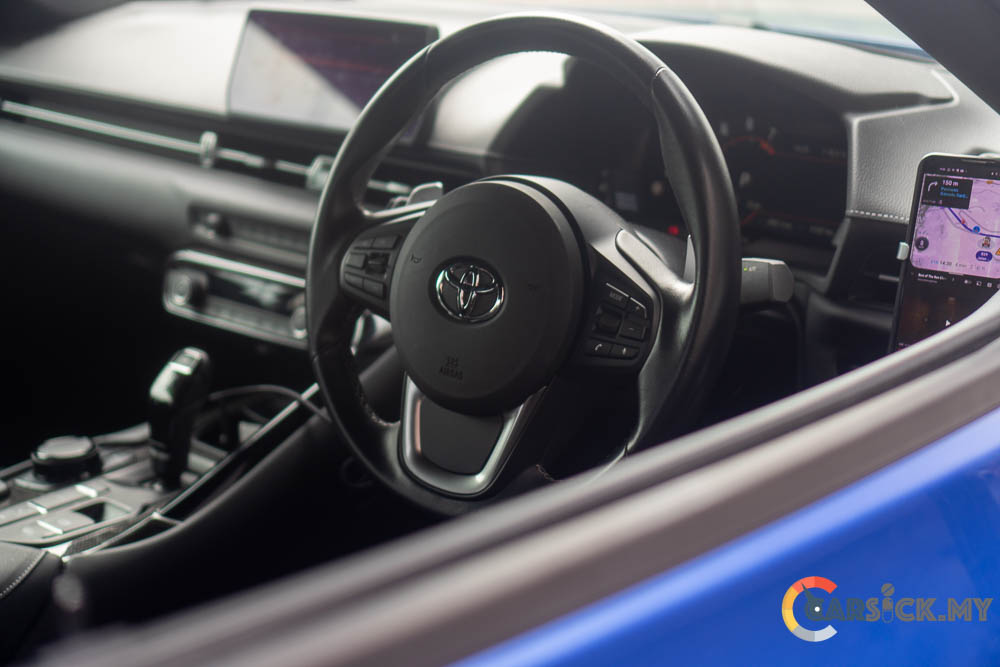
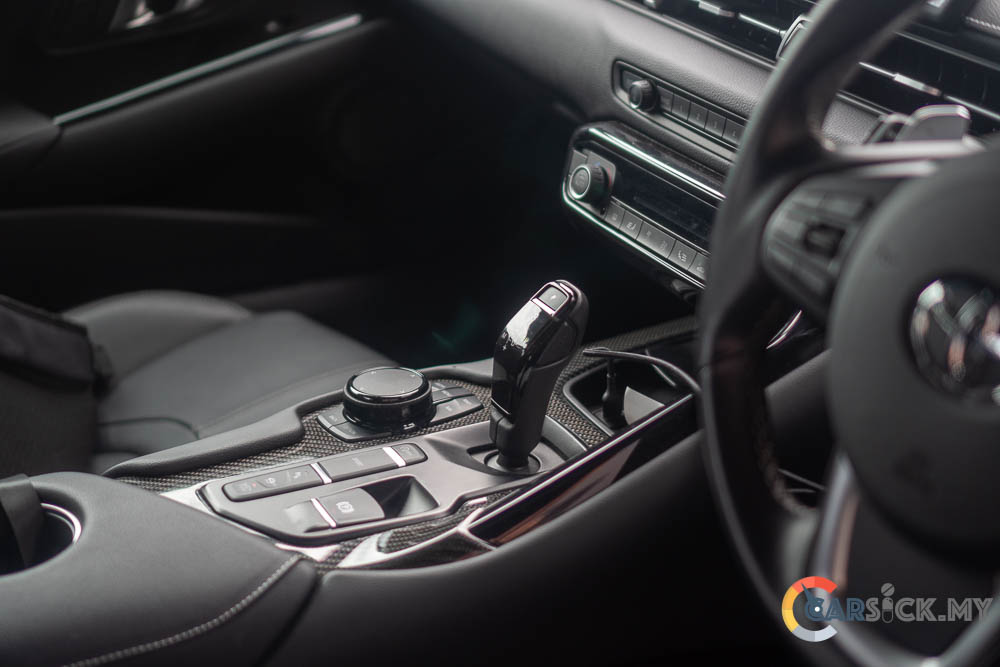
With full control over design, the Mk6 Supra may showcase a fresh new aesthetic and driving character that breaks away from BMW’s influence. Production of the current Mk5 is expected to end by 2025, and the Mk6 might debut in 2026 or 2027 as a 2027 model. While nothing is confirmed yet, these rumors paint an exciting picture for fans of the Supra legacy. 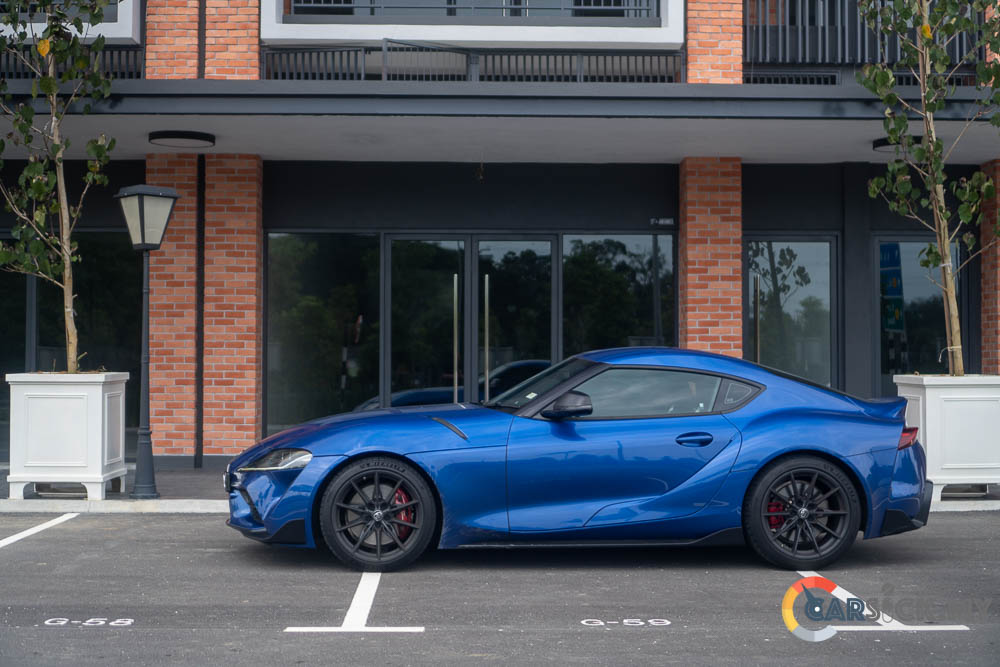
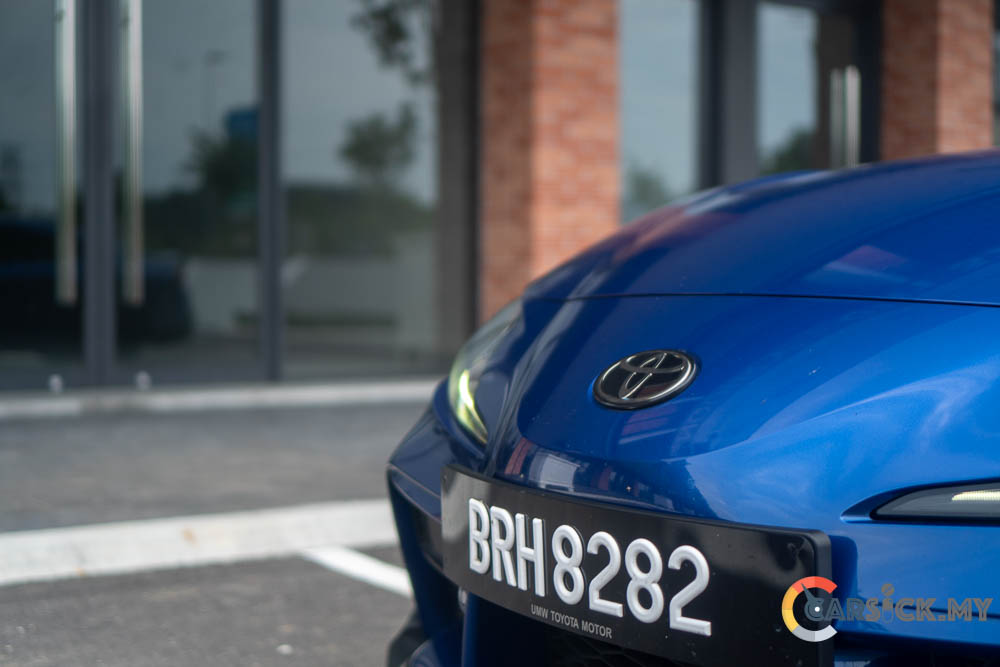
Even after six years, the Supra still manages to turn heads on the road. Personally, I really enjoy driving it—it’s a car that blends the best of Japanese and German engineering. It’s a well-built, well-balanced machine. However, due to the amount of resources Toyota spent on development, the interior does feel like it was on the edge of being replaced. 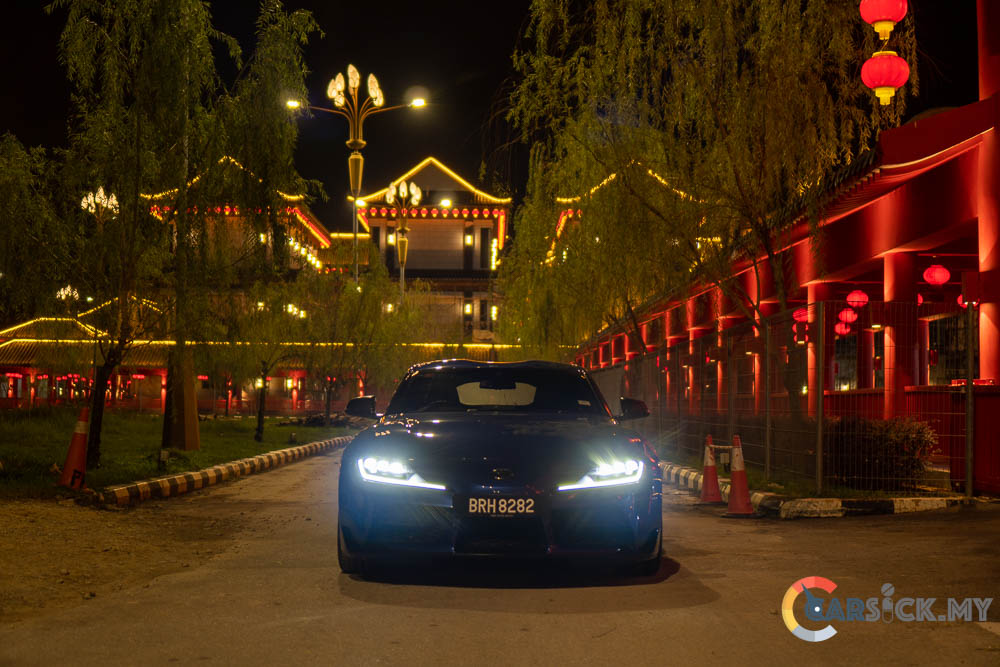
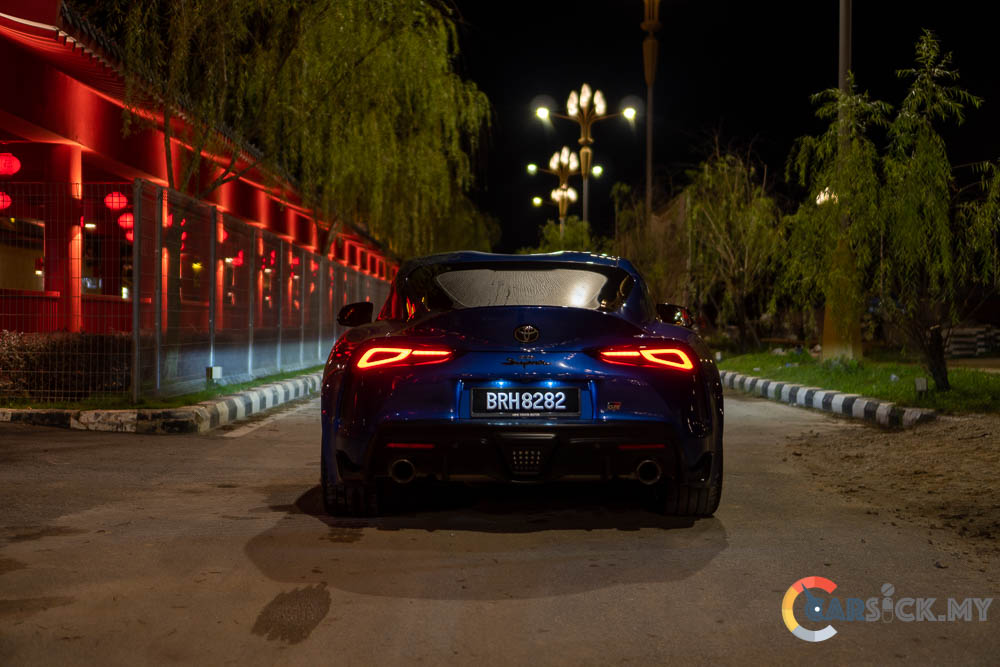
Still, if you love driving, the Supra is a fantastic car to experience. I’m glad Toyota Malaysia brought this model here, and with production ending soon, I believe it will become a future classic. If you’re still thinking about owning one, now is the time—this might be your last chance before it’s officially sold out.
Check out full photo album here. 


